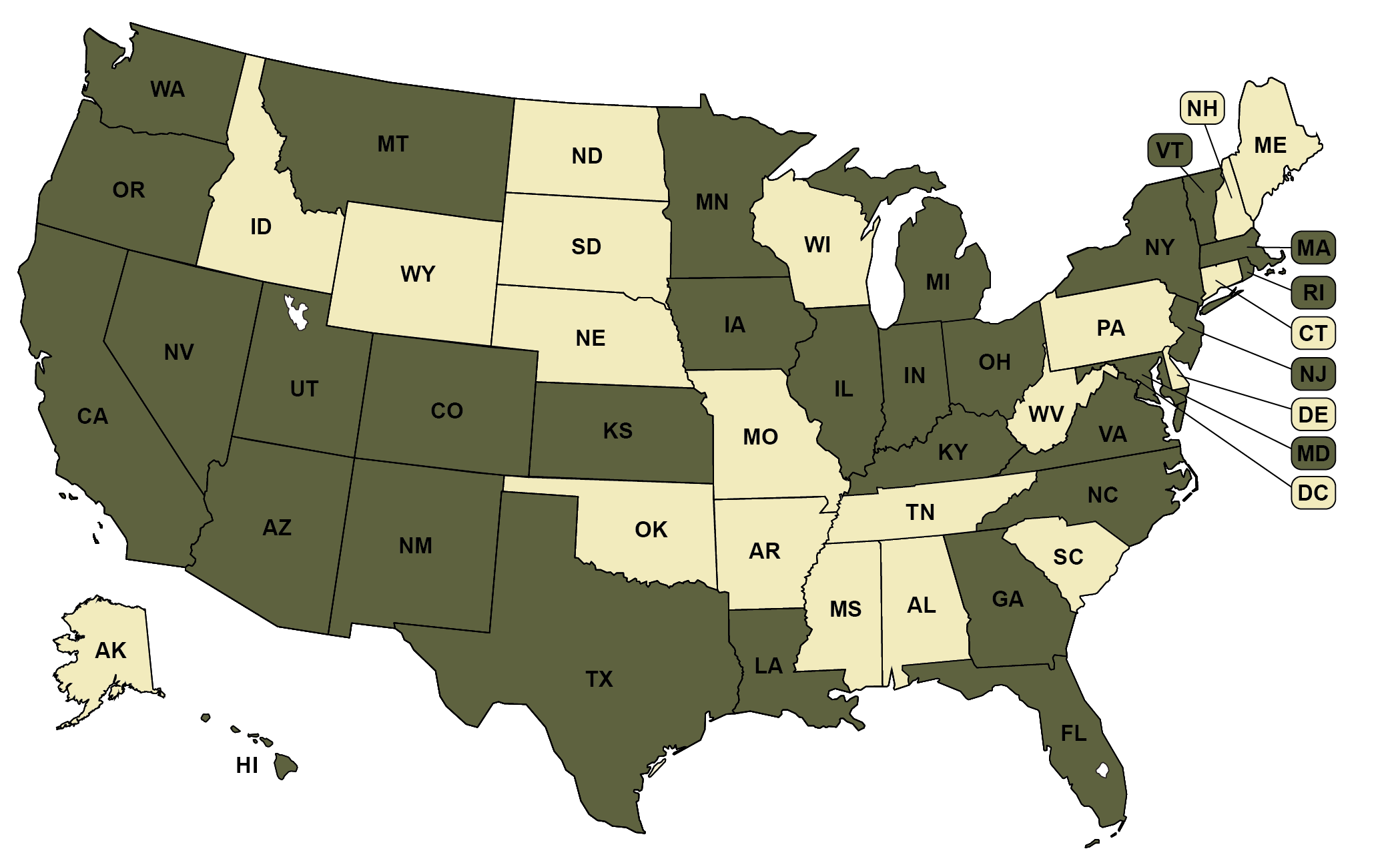Many states verify absentee and mail ballots by examining the voter’s signature on the ballot envelope, and voters sometimes make errors or neglect to sign the envelopes. Some states have implemented policies that require the voter be contacted and allowed to correct these mistakes so they can have their ballot counted once their identity is confirmed.
-
State requires that voters be allowed to correct discrepancies with ballots or signatures
(30 states)
-
State does not require that voters be allowed to correct discrepancies with ballots or signatures
(20 states + D.C.)
Recommended citation:
Movement Advancement Project. "Ballot and Signature Cure Availability." https://www.mapresearch.org/democracy-maps/signature_cure. Accessed 11/03/2024.
Breakdown by Population
*Note: These percentages reflect the voting-eligible population, as reported by the United States Election Project.
78 % of population lives in states that require that voters be allowed to correct discrepancies with ballots or signatures
22 % of population lives in states that do not require that voters be allowed to correct discrepancies with ballots or signatures


